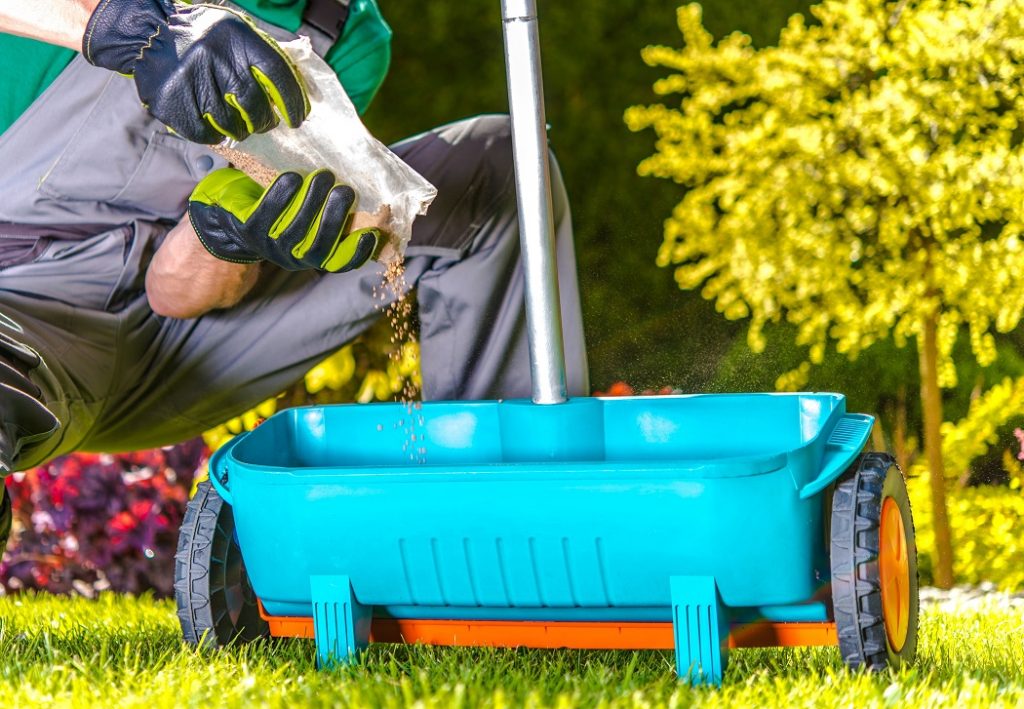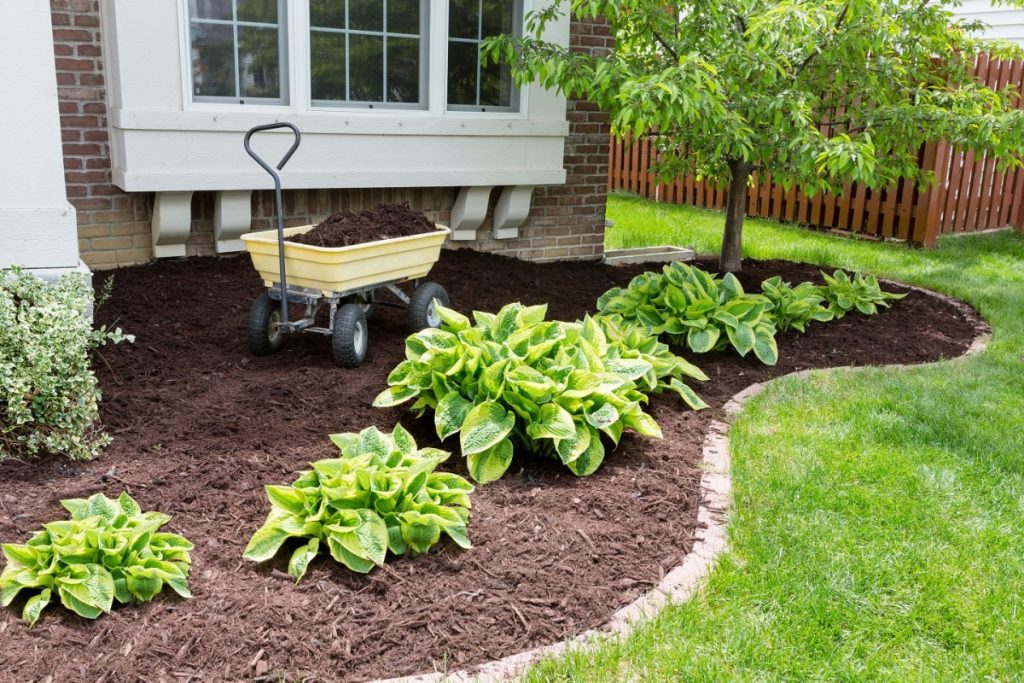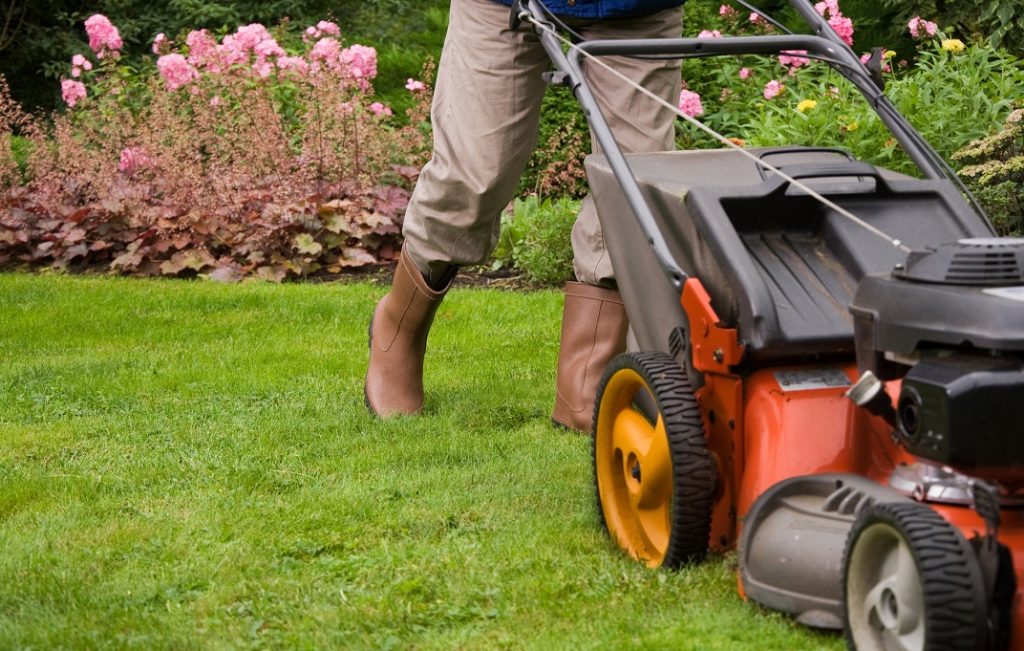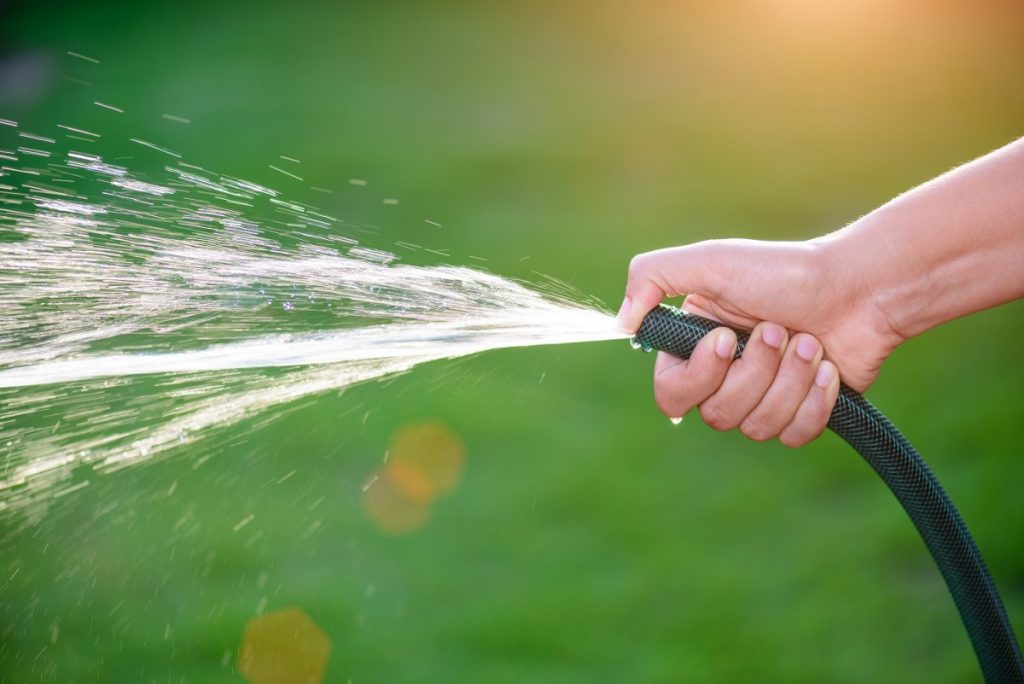Five Common Landscape Mistakes
Twin Pines Landscaping, a division of the Twin Pines Family of Companies, has become an expert in outdoor home improvement since the company’s conception in 1991. In that time, our team has worked on thousands of different landscapes in MetroWest Massachusetts area, each with their own, unique set of needs.
Despite how different the needs of each yard may be, there are a few common mistakes we’ve found homeowners are making across the board, and we’re here to help!
1. Not Doing a Spring Cleanup
Spring cleanup is an incredibly important step in helping maintain the quality of your landscape. During winter months, leaves, tree branches, and other materials can fall from trees, covering grass and mulch areas with debris. This alone can cause problems to the health of grass or plants below, but for areas like the North East which also experience high volumes of snow, grass and plants are even more susceptible to issues like winter rot.
Taking the time to do a thorough spring cleanup once all that snow melts will be a determining factor in the health and look of your lawn as the weather warms. A proper spring cleanup includes raking away debris, dethatching your lawn, and prepping for spring by edging garden beds, seeding bare patches, pruning/trimming hedges and trees, and more. Consult a landscape expert like those at Twin Pines to learn more about the specific cleanup needs of your yard.
2. Mowing Grass Too Early & Cutting It Too Short
Although some feel the impulse to mow their lawn as soon as the weather warms, it is essential that homeowners complete the first mow of their grass when it reaches 2-3 inches high. This height is recommended for various reasons, including the reduced risk of diseases for the grass, and the fact that it protects the roots and allows the plant to be established before cutting it down.
We also recommend never cutting grass shorter than 2.5 inches. Keeping grass at this length will allow it to continue blocking out the sun, which weed seeds depend on to germinate. To accomplish this specific cut length, raise your mower’s blade to the highest possible notch.
3. Keeping The Same Watering Levels Throughout The Season
One of the biggest mistakes we see homeowners make is establishing a watering plan that doesn’t change as the seasons do. Your lawn and plants need precise amounts of water depending on the time of year and also on their stage of development, and all watering methods should adjust to fit that need.
Where plantings and shrubs may require different amounts of water depending on the plant type and its point of maturity, the amount needed seasonally for lawns is the same across the board.
The suggested weekly watering amounts for your lawn include:
- Spring: .5 inches
- Summer: 1-2 inches
- Fall: .75 inches
It is important to note that the amount recommendations are cumulative; for example, the 1-2 inches weekly in summer should not be done in two to four .5 inch intervals, but all at once. This is because waterings need to drench the grass fully, rather than just dampen it.
And although it may seem impossible to measure out what constitutes 1 inch of watering, for instance, we have established a fun and easy way for homeowners to get a feel for it. Take an empty, generic-sized tuna fish can, which measures about 1 inch deep, and practice filling it up from a hose. However many seconds it takes to fill that can should directly correlate to however many seconds you will need to wait while watering with a hose to provide your lawn with a full 1 inch of water. Homeowners that water through other methods will have to adjust this test accordingly, but it is, in general, an easy way to get an idea about how much water to use.
Another important tip to keep in mind regarding watering is that rain does not constitute a watering. If it rains but there’s only a cumulative .25 inch of rain on the ground mid-summer, that is still .75-1.75 inches less than required. Keep this in mind and plan accordingly when scheduling weekly waterings.
Please also always be sure to take local water bans into consideration when watering your plants.
4. Not Enrolling In An Established Fertilization Program

Lawn Spring Fertilization. Caucasian Gardener Resupply His Fertilization Tool. Fertilize Turf in Late Spring
Fertilization is an incredibly important aspect of landscape maintenance and is most effective when it is done correctly as part of a multi-step fertilization program. The main goal of fertilization is weed prevention and grub control, but each step can actually help your lawn in a different way.
At Twin Pines, for example, we use a 5-Step Fertilization Program (plus a bonus Lime Application between steps 4 and 5.) In our particular program, the steps include:
Make sure to establish a plan such as this if you are going to be doing fertilization on your own, or enlist the help of a licensed company like Twin Pines to do it for you!
5. Not Doing Enough Research
Specifically, when it comes to plantings, many homeowners choose which flowers and shrubs to install in their yards based purely on the look, but a thriving landscape should feature more than just a cohesive color scheme. Homeowners should always consider the amount of water, type of soil, and the amount of sun or shade each plant requires to thrive. Keeping choices like these in mind when choosing what plants to grow together will not only make caring for them a lot easier but will also ensure they are all flourishing at the same rate.
This season, for instance, we are seeing a trend of drought-resistant plantings as a result of recent water bans. Making educated choices like this can not only ensure you are investing in plants that will flourish in the current conditions but that you are respecting the limitations of the environment they are planted in, as well.
Looking for more expert landscaping advice? Check out Twin Pines’ blog for weekly tips, promotions, and DIY Guides from Twin Pines!
www.twinpines.biz





